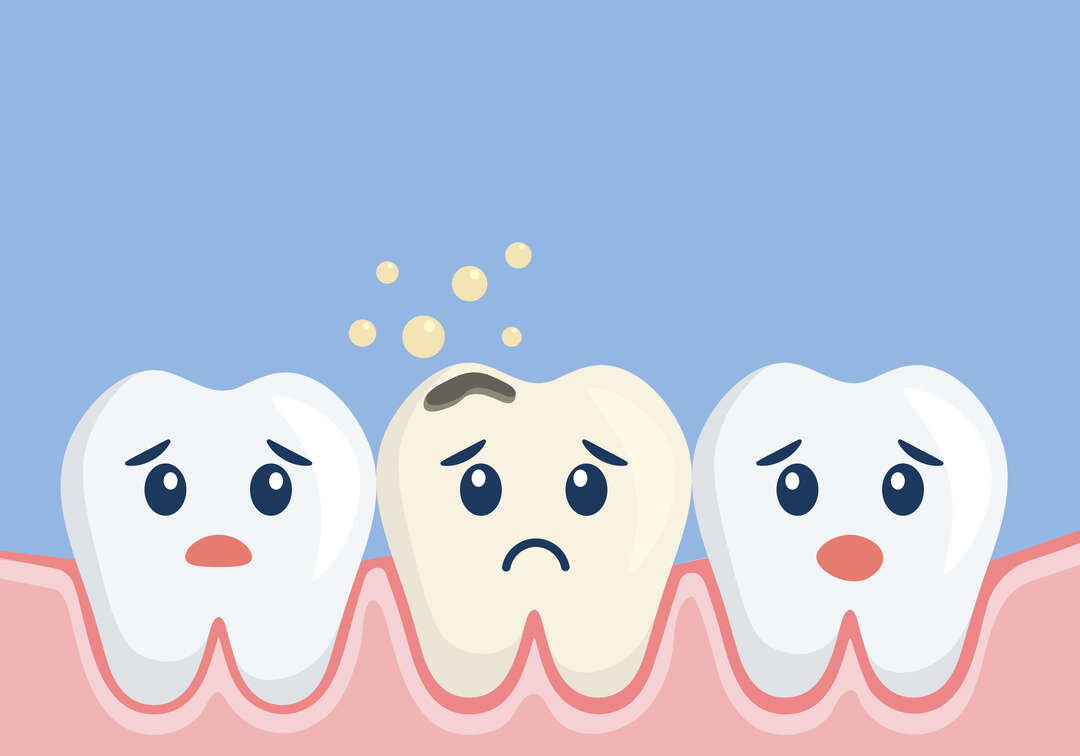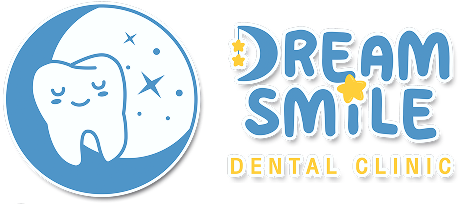Tooth Extraction
Tooth extraction is necessary when a tooth can no longer be restored or repaired for use. Dentists will recommend extraction only as a last resort, followed by a replacement option.
Key Reasons for Tooth Extraction:
- Severe tooth decay that reaches the pulp
- Advanced periodontal disease
- Irreparable tooth fractures
- Issues with tooth eruption, such as impacted wisdom teeth
- Preparation for orthodontic treatment

Wisdom Tooth Surgery
A wisdom tooth is the last molar in the permanent dentition that fails to emerge properly. It may partially erupt or remain entirely trapped within the jawbone in various positions, such as tilted or sideways. Wisdom teeth typically emerge between the ages of 17-25. Many individuals who visit the dentist discover impacted wisdom teeth, and even if there are no symptoms, dentists often recommend extraction or surgery. If left untreated, impacted wisdom teeth can lead to several issues, including:
- Plaque and bacteria accumulation around the gumline
- Increased risk of cavities in adjacent teeth due to difficulty in cleaning
- Pain, swelling, infection, or pus formation
- Persistent bad breath caused by bacterial buildup
Symptoms of Emerging Wisdom Teeth
- Gum pain around the affected area
- Inflammation and infection, leading to discomfort
- Facial swelling, particularly around the jawline
- Swollen gums, making it difficult to chew or clean the area
Undergoing surgery at an early stage can help prevent future complications and ensure a smoother recovery process.

Wisdom Tooth Extraction Procedure
- The dentist will perform an X-ray of the oral cavity to determine the position of the wisdom tooth, adjacent teeth, and nerve pathways.
- The area will be prepared by administering local anesthesia and waiting for it to take full effect.
- Surgical Procedure:
- Incision of the gum to expose the impacted tooth.
- Tooth and bone sectioning (if necessary) – The tooth may be divided into smaller parts, or
- some bone around it may be removed.
Extraction of the wisdom tooth safely and carefully. - Stitching the incision to promote healing.
- The dentist will provide post-surgical care instructions to ensure proper healing and prevent complications.
Post-Extraction or Post-Wisdom Tooth Surgery Care Instructions
- Apply a cold compress on the affected area for about 30 minutes immediately after the surgery.
- Bite firmly on the gauze for about an hour to control bleeding, and replace it with a new piece as needed until the bleeding stops.
- Avoid using mouthwash for at least 6 hours after the extraction.
- If minor bleeding persists, rinse your mouth gently with cold saline solution and hold it in your mouth for a few moments.
- Do not rinse or spit within the first 12 hours after the extraction.
- After 12 hours, you may rinse with warm salt water (1 teaspoon of salt mixed with a glass of warm water) to aid healing.
- Brush your teeth as usual but be extra gentle around the extraction site.
- Eat soft, cool, and mild foods for the first 2-3 days to prevent irritation.
- Avoid smoking and consuming alcohol, as these can delay healing and increase the risk of infection.
- If you experience pain, take the pain medication prescribed by your dentist as directed.
